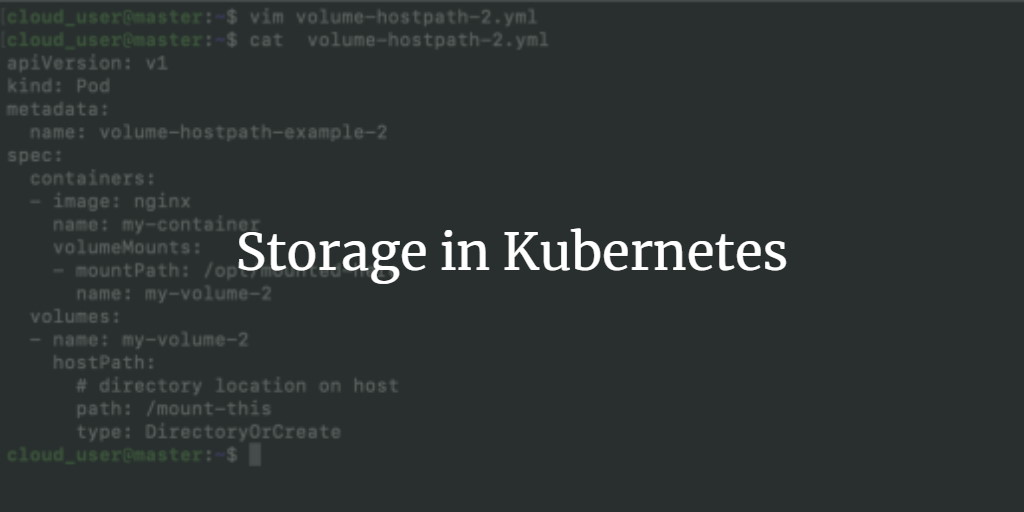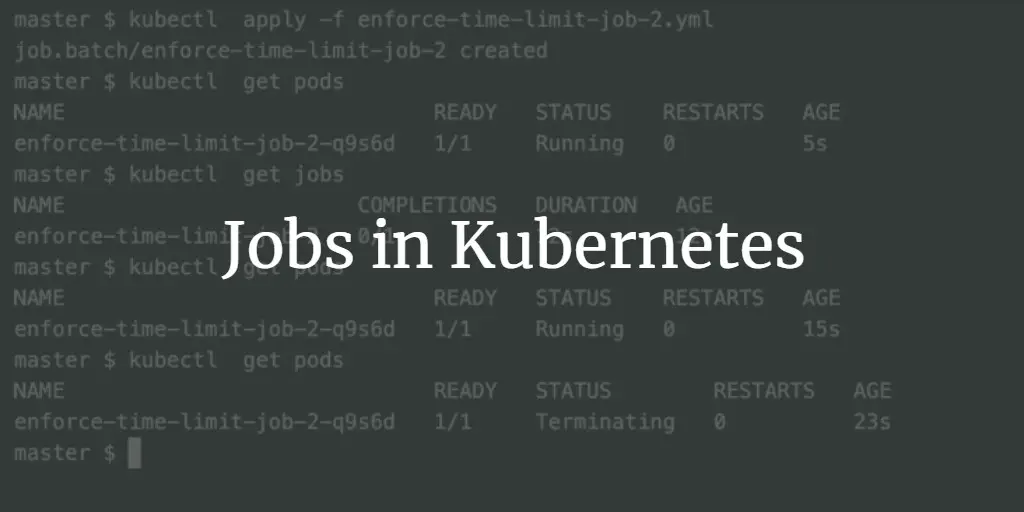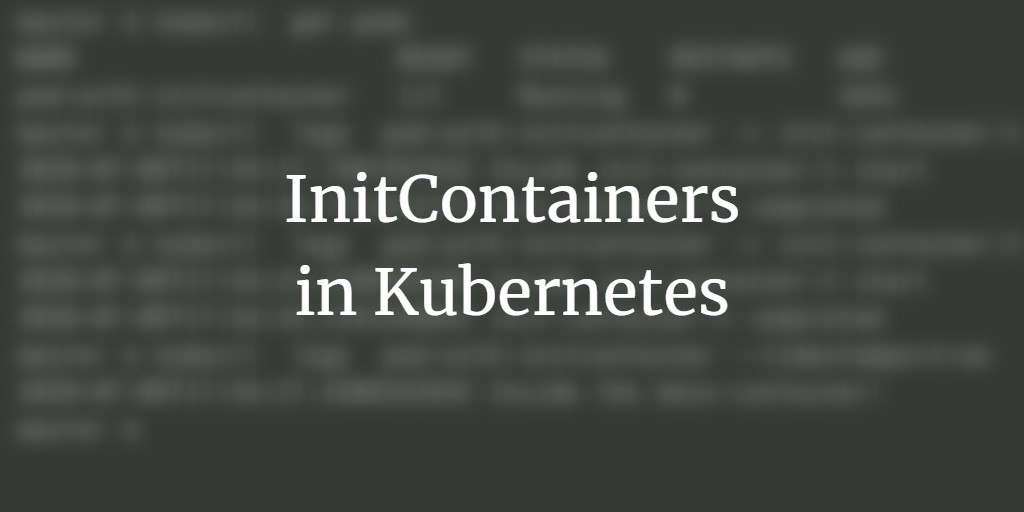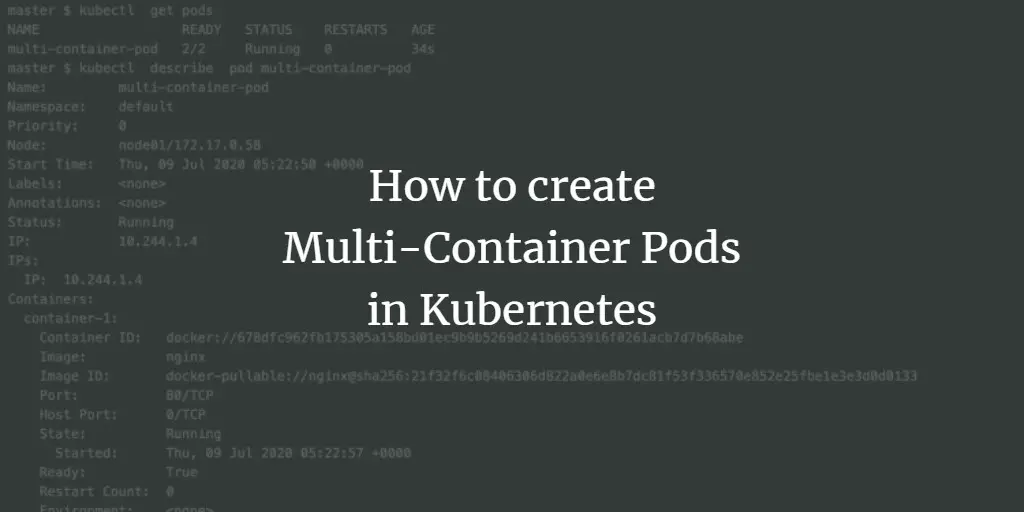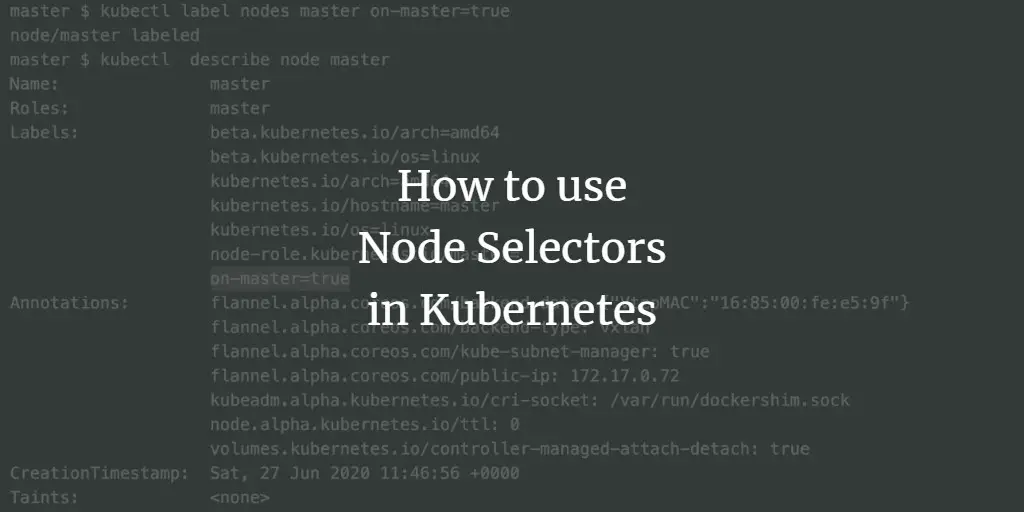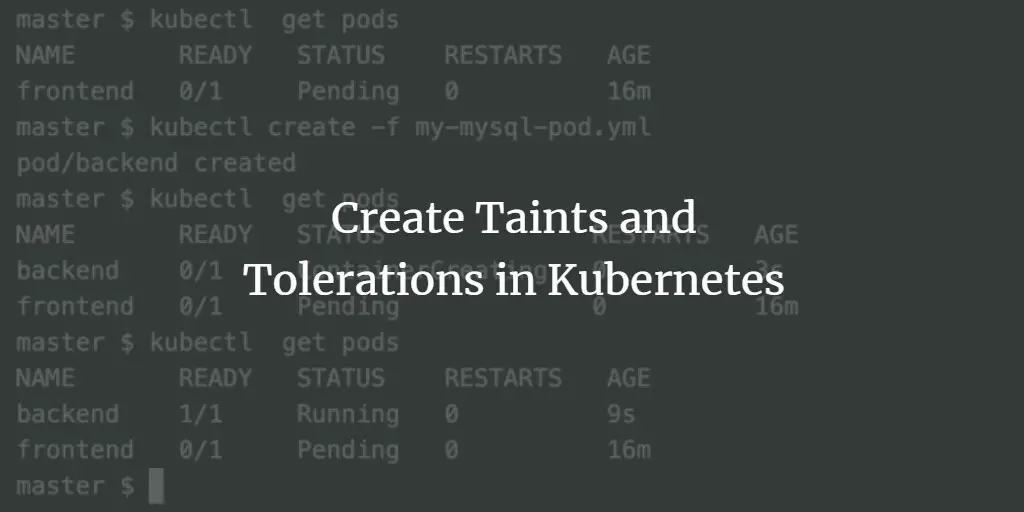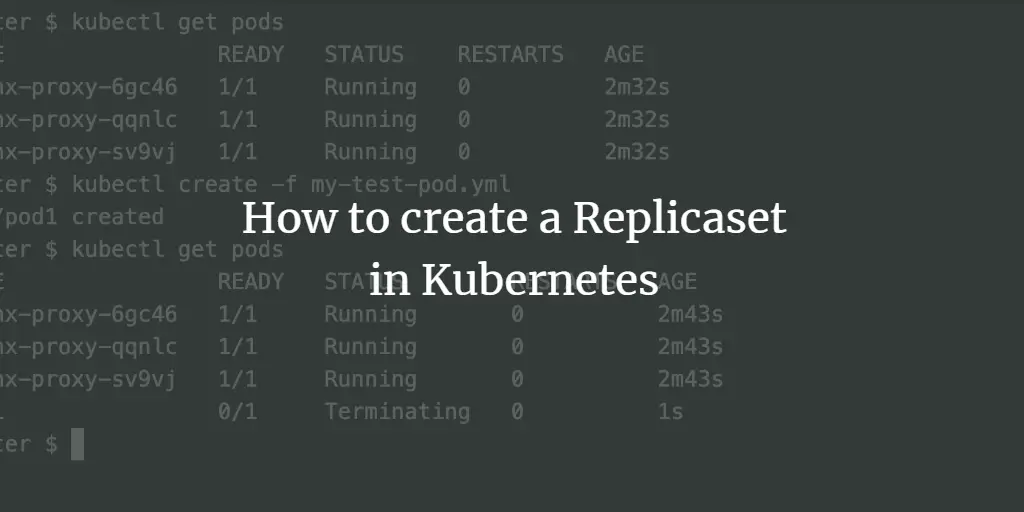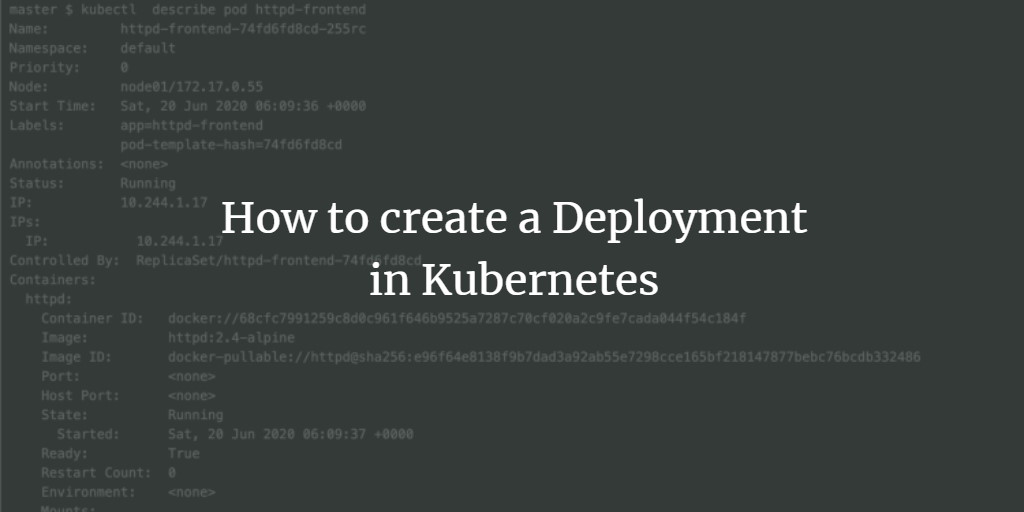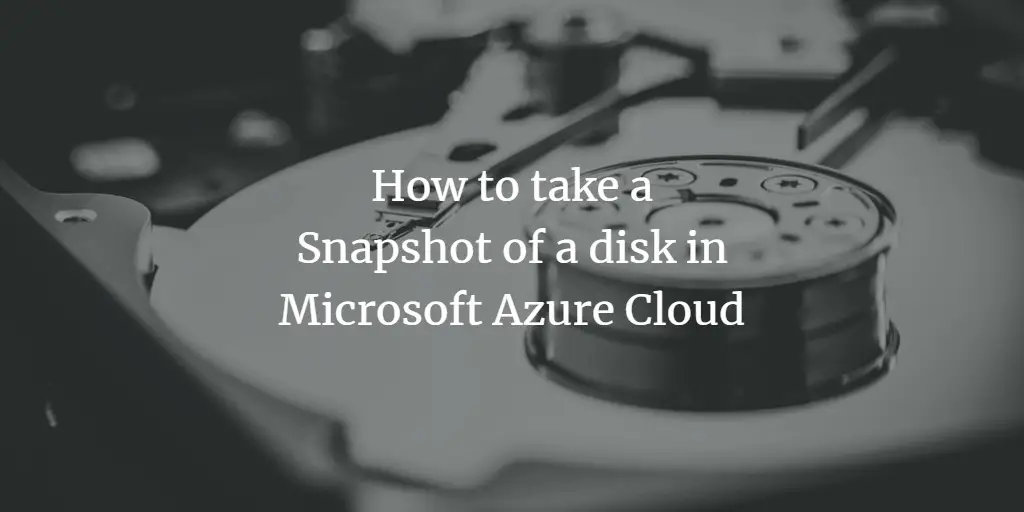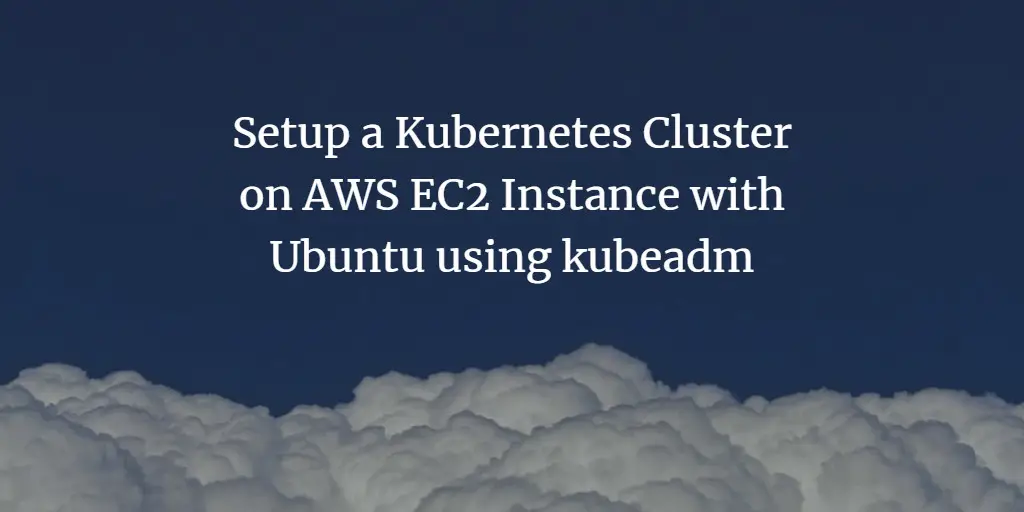Linux Tutorials on the topic “cloud”
-
Storage in Kubernetes
Author: Rahul Shivalkar • Tags: cloud • Comments: 0Data cannot be stored in the pod, when the pod is deleted or is terminated the data within it does not stay on the system. To provide long-term and temporary storage to Pods in the cluster, Kubernetes provides different types of storage mechanisms.
-
Jobs in Kubernetes
Author: Rahul Shivalkar • Tags: cloud • Comments: 0A job creates one or more Pods to perform a particular operation and ensures the pods successfully terminate. When a specified number of pods successfully complete, the job is complete. When a job is deleted, it deletes the Pods it created. A Job can also be used to run multiple Pods in parallel.
-
InitContainers in Kubernetes
Author: Rahul Shivalkar • Tags: cloud • Comments: 0Init containers are used to set up custom code that is not present in an app image. Init containers can be used to offer a mechanism to block or delay app container startup until a set of preconditions are met.
-
-
How to create Multi-Container Pods in Kubernetes
Author: Rahul Shivalkar • Tags: cloud • Comments: 0Pods usually have a single container i.e. single container pods are the most common use case and it is not necessary to have a single container in the pod. One of the reasons to use a multi-container pod is simpler communication between containers. In this article, we will create a pod with 2 containers inside it. This example will help to understand the creation of a pod with multiple containers.
-
How to use Node Selectors in Kubernetes
Author: Rahul Shivalkar • Tags: cloud • Comments: 2We can restrict a Pod to only be able to run on a particular Node. In this article, we will create pods to see them get deployed on the worker as well as the master node, then we will attach a label to the master node and point pods to get deployed on the master node only using the nodeSelector.
-
Create Taints and Tolerations in Kubernetes
Author: Rahul Shivalkar • Tags: cloud • Comments: 0Taints and tolerations work together to make sure that pods are not scheduled onto inappropriate nodes. One or more taints can be applied to a node, this means that the node should not accept any pods that do not tolerate the taints. The pods that have toleration can only be deployed on those nodes with the taints.
-
How to create a Replicaset in Kubernetes
Author: Rahul Shivalkar • Tags: cloud, server • Comments: 0A replica set makes sure the specified replicas of pods are always running. It can be considered as a replacement for the replication controller.
-
How to create a Deployment in Kubernetes
Author: Rahul Shivalkar • Tags: cloud, linux • Comments: 0A Kubernetes deployment is a resource object in Kubernetes that provides declarative updates to applications. In this article, we will learn to create a deployment in Kubernetes and perform operations on it.
-
How to take a Snapshot of a disk in Microsoft Azure Cloud
Author: Rahul Shivalkar • Tags: cloud • Comments: 0An Azure Snapshot is a read-only copy of the existing disk in the Microsoft Azure Cloud. We can create a snapshot of the OS or Data disk. In this article, we will create a snapshot of the disk of the existing Virtual Machine.
-
Setup a Kubernetes Cluster on AWS EC2 Instance with Ubuntu using kubeadm
Author: Rahul Shivalkar • Tags: cloud, linux, ubuntu • Comments: 6In this article, we will see how to set up a Kubernetes cluster with 2 Worker Nodes and 1 Master Node on Ubuntu LTS Servers. We will use the "kubeadm" tool to set up the cluster.

